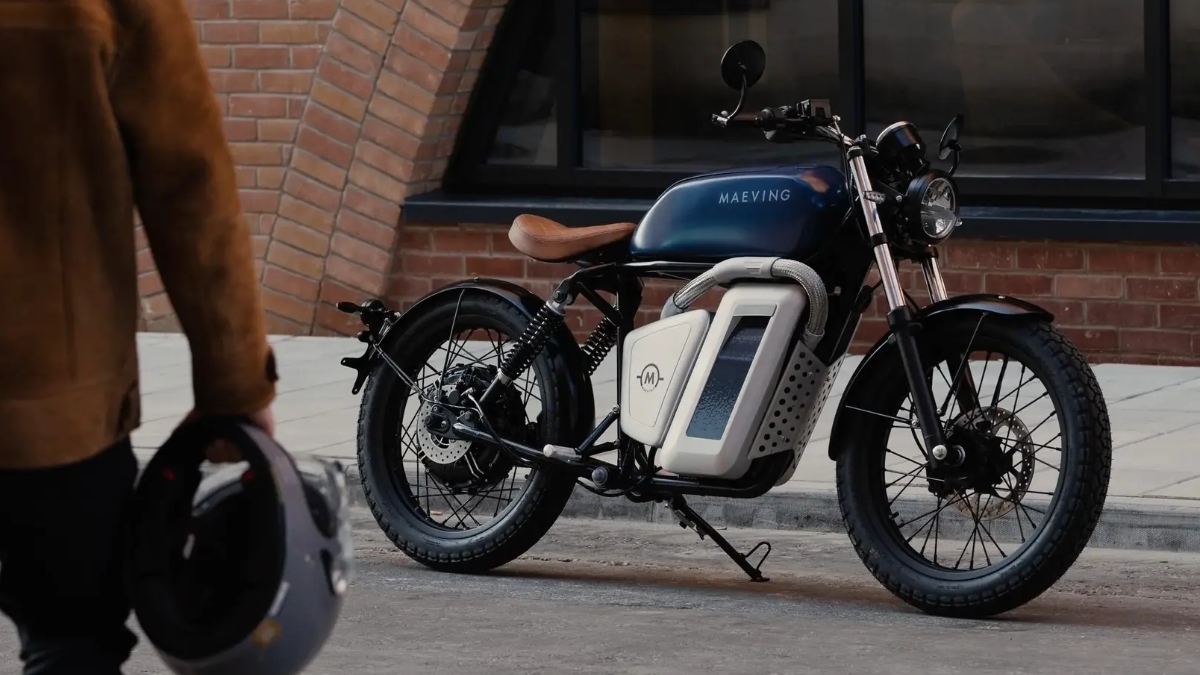Let’s communicate about tax credits for purchasing electric-powered automobiles. The U.S. Government gives benefits to taxpayers to make electric-powered vehicles greater less costly. Right now, the feds offer a $7,500 non-refundable tax credit to shoppers of Battery-Electric Vehicles (BEV, consisting of Tesla Model 3) and Plug-In Hybrid Electric Vehicles (PHEV, including Chevy Volt). Those credits have been available with a per-organization sales quantity cap: $7,500 for the primary 2 hundred 000 automobiles offered, after which a one-yr phaseout provides a $3,750 credit for six months and then $1,875 for the last six months. Tesla and General Motors hit 200K past due closing 12 months, so Tesla and G.M. EVs will be promoted without federal tax credits beginning in 2020. Despite beating G.M. to the BEV market in 2011 with its first-era Leaf, Nissan has 70K E.V.s to promote before hitting the 200K cap.

Many states provide tax incentives related to E.V.s on top of the federal one. For example, DC, Maryland, and Virginia have a few exemptions from toll- and specific-lane prices. In addition, many states offer tax rebates for setting up 220/240V domestic-charging stations and solar panel installations that tie into domestic batteries — inclusive of Tesla’s Powerwall, which help lower your property’s energy burden by way of pulling from the grid on the most inexpensive hours of the day (midday and in a single day).
There’s been talk in Congress of getting rid of the federal BEV/PHEV tax credit — President Donald Trump’s proposed finances throw it out. Some GOP individuals want it gone — however, there’s sufficient aid amongst Democrats and Western-kingdom Republicans to preserve it in regulation. Still, the modern tax expenditure scheme isn’t perfect. It punishes the faster-shifting groups, which have proved more critical of the transition to electric-powered cars. This will be corrected by putting E.V. credit in an all-company pool, first come, first served. For consumers, the non-refundable federal E.V. credit score has subsidized optionally available purchases for wealthier households rather than assisting the important purchases of middle- and running-magnificence families. This regressivity could be flattened across income brackets by making the E.V. credit refundable. That’s while a credit’s price will pay down your tax bill first, with the surplus delivered to the tax refund.
The trouble remains that a middle-magnificence family is an awful lot much less possible than a more prosperous one to have the ability to shop for an E.V. If you are counted 2019’s “cheap” E.V.s with two hundred-mile variety debuting in America — Hyundai Kona Electric, Kia Niro EV, Kia Soul E.V., the Leaf above Plus, and Tesla’s Model 3 Standard Range — you’re speaking $35K to $45K while spec-ed out. The equal applies to the lengthy-in-the-tooth Chevy Bolt and Hyundai Ionic Electric. This is to say nothing of how public charging networks cluster in city and high-earnings regions with charging deserts in between. While the common new car buying rate of all fuel kinds in America is $35Kish, the median purchase fee of past due-version used vehicles is probably inside the $20K-to-$25K variety. So we’re approximately two to 3 years away from an E.V. bought in America at that charge with a hundred and fifty-to-hundred-mile variety and charging speeds to allow for avenue journeys.
So, is it the right choice for the federal and D.C. governments to pay attention to restrained price range assets on pushing Americans into electric motors, in preference to encouraging them to lessen car utilization duration — particularly of their commutes? I don’t assume so. Instead, I think D.C. and the IRS must provide people with cash to buy electric-powered motorcycles. The ones without the braking problems. Vehicles, particularly E.V.s, are a whole lot more costly than e-motorcycles. However, there’s plenty of financing available to purchase an automobile. For example, an electric-powered motorcycle that would update a vehicle — serving cargo- and passenger-sporting features — runs between $2.5K and $5K. That’s a huge buy to make without financing. Ideally, that’s also about the vehicle’s scale and its price. Still, Americans haven’t placed a good deal down on cars recently and are re- amortizing loans in six- and 7- to 12-month periods. So, an e-motorcycle tax credit score of $1K to $2.5K could enable many families to shop for remarkable electric motorcycles — SUV bikes — and reduce from two motors to 1 automobile inside the storage (or parked on the street).
There’s hen-versus-egg trouble with sustainable commuting: The 60 percent interested, however, worried about the viability of biking to work, are discouraged by the lack of safe avenue facilities—specifically bikeways. Governments see no reason to invest more in motorcycle lanes and trails, starting with just a few bike commuters. It’s a vicious cycle that leaves individuals and their government making choices that cause greater car commuting. In DC, metropolis leaders could wisely spend cash to make electric motorcycles more affordable for citizens — preferably via tax rebates. However, the infrastructure is sincerely the most critical priority. Leaders want to improve multimodal infrastructure so that non-car commutes are more attractive and possible for greater human beings.
D.C. has a giant bike grasp plan closing up to date in 2014, but it includes hardly any blanketed motorbike lanes, and it’ll take a decade to complete at the current pace. The city needs to increase its funding for the development of motorcycle centers exponentially exponentially. With the creation of an accelerated network, making functionally sturdy electric-powered motorcycles reasonably priced might make biking to paintings and the store feasible and appealing — especially in comparison to congested roads and excessive prices for garage parking.
